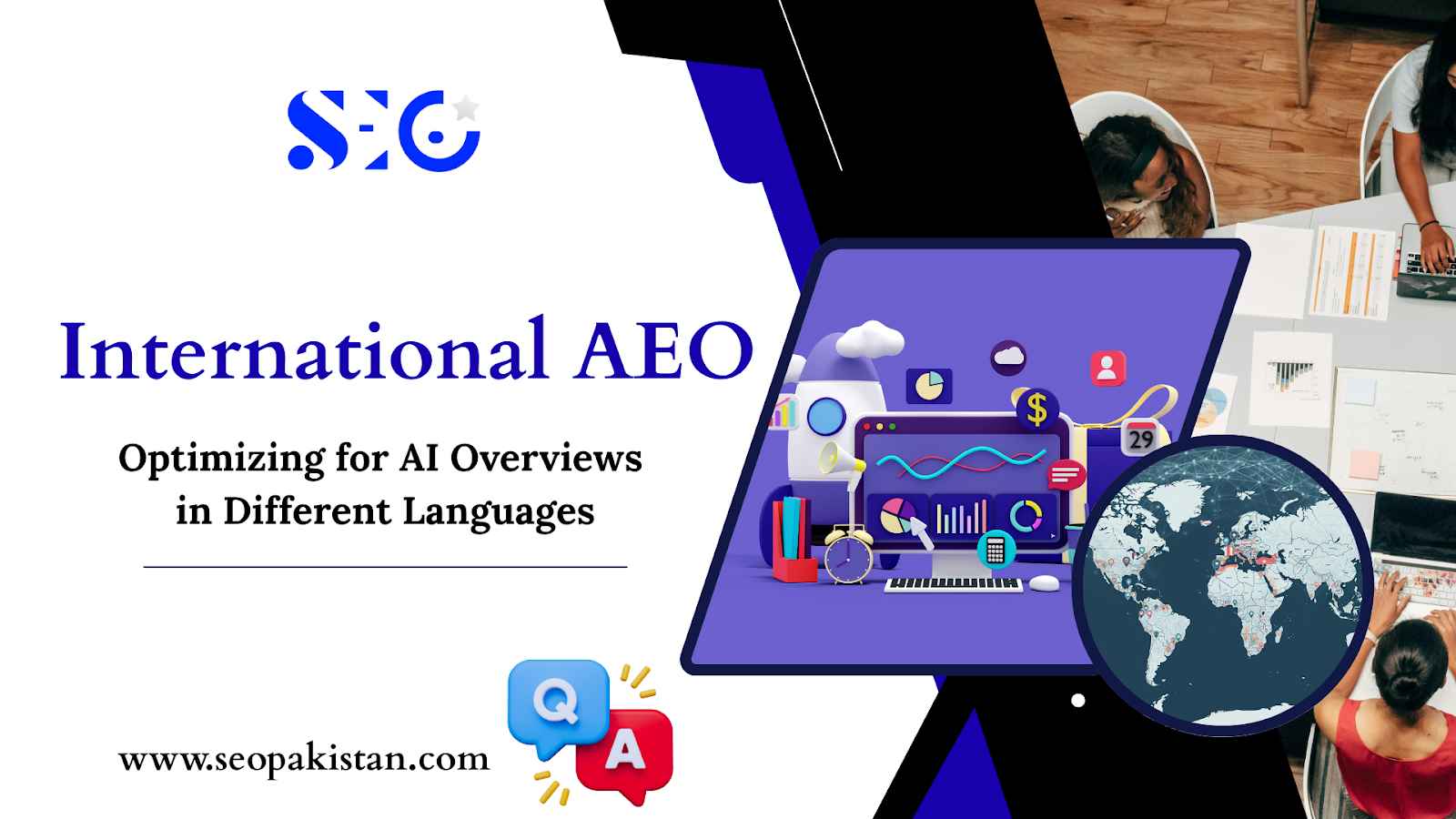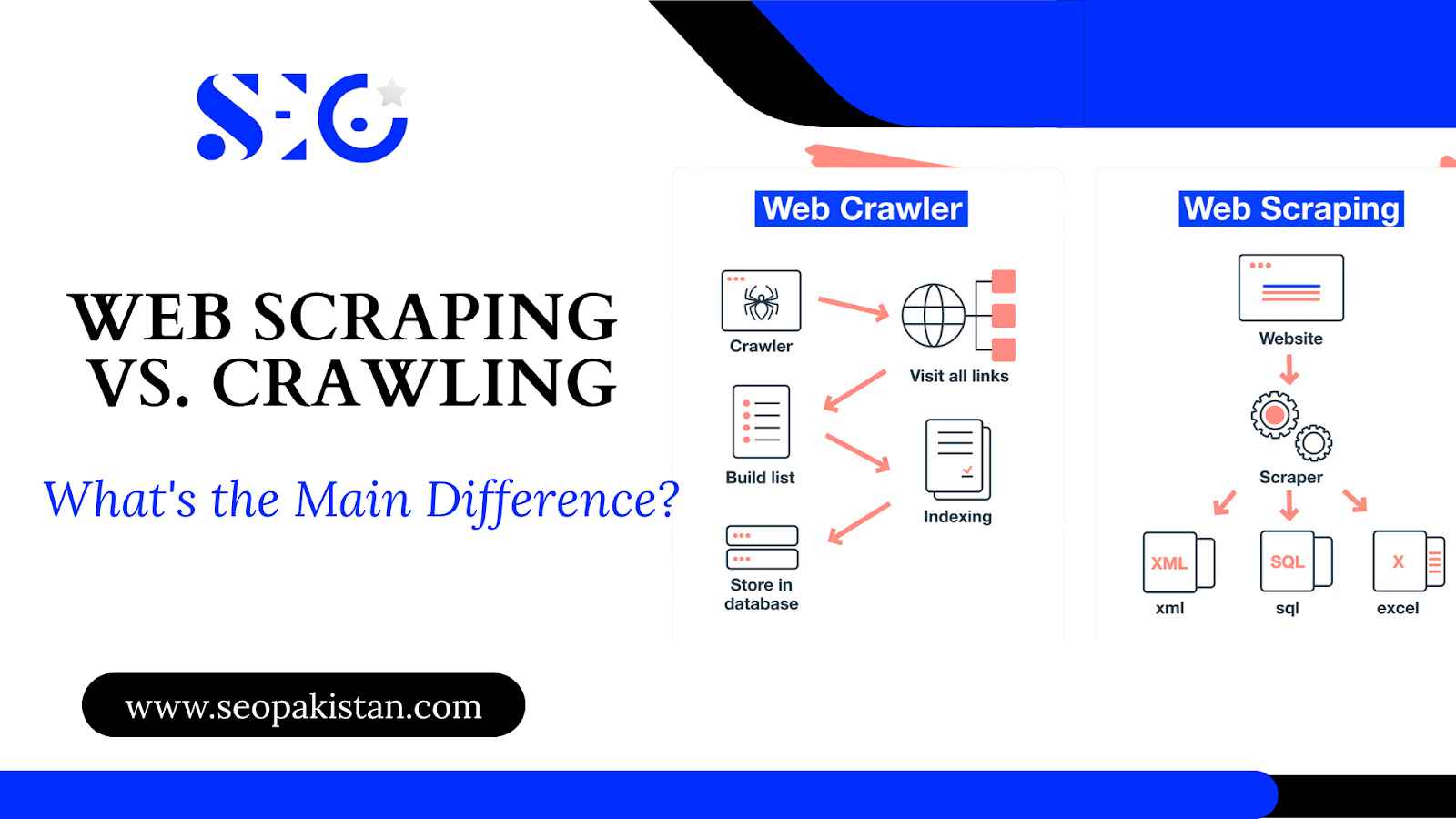The era of just translating content for global audiences is over. Google’s aggressive rollout of AI Overviews into Spanish, Korean, Hindi, French, German, and dozens of other languages has fundamentally changed how users discover information worldwide.
Users no longer scroll through blue links; they expect direct, authoritative answers in their native language. While your competitors struggle with basic multilingual SEO, you can dominate AI Overviews across every market you serve.
International AEO isn’t just translation. It’s about understanding how AI processes language, culture, and intent differently across linguistic environments. The businesses that master this will own the future of global search visibility.
The Global Ascent of AI-Powered Search
Why AI Overviews Demand a Multilingual AEO Strategy
Google has moved beyond testing AI Overviews in English markets. The platform now serves direct answers in over 40 languages, with new markets launching quarterly. Each rollout represents millions of users shifting from traditional search behavior to expecting immediate, conversational responses.
Consider the implications: A Spanish-speaking user searching “mejor seguro de coche” expects the same quality AI Overview as an English speaker searching “best car insurance.” The difference? Spanish users prefer different information hierarchy, cultural references, and trust signals than their English counterparts.
The Unique Challenge of International AEO
Traditional multilingual SEO focused on keyword translation and basic localization. International AEO demands understanding how AI interprets cultural nuances, processes different grammatical structures, and weighs authority signals across diverse linguistic contexts.
AI systems trained primarily on English data often struggle with idiomatic expressions, cultural references, and complex grammatical structures in other languages. Your content must bridge these gaps while maintaining the clarity and directness AI systems prefer.
Foundational Pre-Requisites: Setting the Stage for Global AEO
Robust Hreflang Implementation & URL Structure
Hreflang tags serve as AI’s GPS for multilingual content. Without proper implementation, even perfectly optimized content remains invisible to AI systems trying to serve the correct language version to users.
Your URL structure creates the foundation for AI discoverability. Whether you choose country code top-level domains (ccTLDs), subdomains, or subdirectories, consistency across all language versions ensures AI systems can efficiently crawl and index your localized content.
The Absolute Necessity of Human-Powered Translation & Transcreation
Machine translation fails catastrophically for AEO optimization. AI rewards nuance, cultural context, and natural language flow—elements that automated translation simply cannot deliver.
Transcreation goes beyond translation. It adapts content culturally while preserving meaning, ensuring your message resonates authentically in each target market. This process becomes crucial for AI comprehension, as systems trained on native-speaker data can easily identify and penalize unnatural language patterns.
Your Step-by-Step Blueprint: Optimizing a Blog Post for Multilingual AI Overviews
Step 1: Deep Dive into Localized Intent & Conversational Query Research
Use these research strategies for each target language:
- Deploy AlsoAsked.com with region and language settings matching your target market
- Analyze AnswerThePublic data for language-specific query patterns
- Study localized versions of Semrush or Ahrefs for regional search behaviors
- Interview native speakers about how they naturally phrase questions in conversations
French users might ask “Comment choisir une assurance auto?” while English speakers search “How to choose car insurance.” The French version implies a more consultative approach, while English users often seek direct comparisons. These distinctions shape how you structure your AI-optimized answers.
Step 2: Transcreation
Native speakers or skilled transcreators should adapt your blog post for each target market. Focus on conversational language that feels natural within that culture’s communication norms.
Key transcreation principles for AI optimization:
- Maintain concise, direct answers while adapting cultural examples
- Use bullet points and numbered lists that translate naturally
- Replace metaphors and idioms with locally relevant alternatives
- Ensure technical terms align with local industry standards
- Adapt humor, tone, and formality levels to cultural expectations
German business content requires more formal language and detailed explanations, while Brazilian Portuguese favors warmer, more personal tones. AI systems trained on these linguistic patterns will favor content that matches expected cultural communication styles.
Step 3: Precision Structured Data Implementation for Each Language
Schema markup serves as AI’s direct communication channel. Implement relevant schema types (FAQPage, HowTo, Article, Q&A) for each language version of your blog post.
The critical element that many overlook is the inLanguage property within Schema.org markup.
Test your schema implementation using Google’s Rich Results Test for each language version to ensure proper recognition.
Step 4: Localizing E-E-A-T Signals for AI Trust
Showing Experience, Expertise, Authoritativeness, and Trustworthiness requires different approaches depending on the culture and language.
Strategies for localizing E-E-A-T signals:
- Feature local experts or authors when possible
- Include region-specific certifications, awards, or partnerships
- Cite local data sources and statistics relevant to each market
- Reference local regulations, laws, or industry standards
- Showcase testimonials from customers in each target region
A financial advice blog targeting German users should reference BaFin regulations and feature German-certified financial advisors, while the same content for US audiences would emphasize SEC guidelines and American financial credentials.
Step 5: Technical Verification for AI Access & Discoverability
Beyond site-wide technical setup, verify that your specific blog post’s technical elements support AI discoverability across all language versions.
Complete this technical checklist:
- Confirm hreflang tags correctly link to all language variants of the specific blog post
- Test page loading speeds across different regions
- Validate that meta descriptions and titles are properly localized
- Check that internal linking structures connect related content within each language
Technical perfection ensures AI systems can easily access, understand, and index your localized content for inclusion in AI Overviews.
Advanced Strategies for Broader Global AEO Dominance
Optimizing for Multilingual Voice Search
Voice search patterns vary dramatically across languages and cultures. Spanish speakers often use longer, more descriptive queries, while Mandarin speakers typically employ shorter, more contextual phrases.
Research common voice commands and question structures in each target language. Focus on content that directly answers “who, what, when, where, why, how” questions using natural, conversational language patterns specific to each culture.
Entity Optimization & Semantic Graphs Across Languages
AI systems understand content through entities—people, places, concepts, and things. Ensure relevant entities are clearly defined and contextually linked within your content for each language version.
Build semantic richness by explicitly mentioning related concepts, synonyms, and contextual information that AI systems can map to user queries. This approach helps AI understand your content’s comprehensive coverage of topics within specific linguistic and cultural contexts.
Measuring Your Global Impact
Key Metrics: Impressions, Citations, and Zero-Click Behaviors
Traditional click-through rates don’t capture AEO success. Focus on these international AEO metrics:
- AI Overview impression rates by language and region
- Direct citations of your content within AI-generated answers
- Brand mentions in AI Overviews across different markets
- Zero-click behavior patterns indicating satisfied user intent
- Featured snippet appearances for localized queries
Tools for Cross-Lingual AEO Performance Tracking
Monitor your international AEO performance using these approaches:
- Google Search Console with country and language filtering
- Specialized AI monitoring tools like Profound or STAT for supported languages
- Brand monitoring tools configured for each target language
- Local search behavior analysis using region-specific tools
- Regular manual testing of AI Overviews in different languages and locations
Track performance trends over time to identify successful strategies and areas needing optimization across your language portfolio.
Challenges & The Future of International AEO
Addressing AI Bias and Data Scarcity in Smaller Languages
AI models often demonstrate bias toward dominant languages like English, leading to reduced performance or inaccurate responses in less-resourced languages.
Your high-quality, well-structured localized content can help “train” AI systems and improve their performance over time in smaller language markets. This creates a competitive advantage as you become a trusted source for AI systems lacking comprehensive training data in specific languages.
Maintaining Consistency Across Diverse Language Portfolios
Managing AEO optimization across multiple languages presents significant operational challenges. Establish robust workflows that maintain content quality while scaling across diverse linguistic markets.
Implement content management systems with integrated translation workflows, establish clear quality standards for each language, and create regular review processes to ensure ongoing optimization effectiveness across your entire language portfolio.
Conclusion
International AEO success requires more than translation; it demands deep localization and strategic optimization for AI comprehension across every target market. The businesses that master multilingual AEO today will dominate global search visibility tomorrow.
The five-step blueprint outlined here provides your foundation: localized intent research, cultural transcreation, precise schema implementation, localized E-E-A-T signals, and comprehensive technical verification.
Ready to expand your AI Overview visibility across the globe? Collaborate with SEOpakistan.com. Our team understands the nuances of global AEO optimization and can help you dominate AI search in every market you serve.
Frequently Asked Questions
What is International AEO?
It’s optimizing content for AI Overviews across multiple languages. It goes beyond translation to ensure AI understands and delivers your content globally.
Why is multilingual AEO crucial now?
Google’s AI Overview expansion means users expect direct answers worldwide. A multilingual AEO strategy is essential for visibility and authority in these new search paradigms.
AEO vs. traditional multilingual SEO?
Traditional SEO aims for links; AEO optimizes for how AI interprets cultural nuances, grammar, and trust signals in diverse languages for direct answers.
Why is human transcreation vital for AI Overviews?
Machine translation lacks nuance. Human transcreation adapts content culturally, ensuring authenticity and AI comprehension, as AI favors natural language patterns.
How to research localized user intent?
Focus on how users phrase questions naturally in target languages. Use tools like AlsoAsked.com, localized SEO data, and native speaker interviews to find conversational patterns..
How to measure International AEO success?
Focus on AI Overview impressions, direct content citations, brand mentions in AI answers, and zero-click behavior. Traditional click rates are less indicative












